Current Members
Jason Venkiteswaran

My research is currently focused on the biogeochemical cycling of nutrients and related elements, and human and climate related disruptions of these cycles. For more than a decade, I have conducted whole-ecosystem research at the world-renowned Experimental Lakes Area studying reservoir creation, ecosystem metabolism and eutrophication. To study the fate of biogeochemical elements, I often use stable isotope measurements with process-based ecological models. I am a co-founder of the Coalition to Save ELA.
Daniela Klicper, PhD student
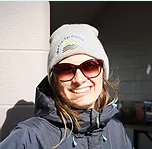
Daniela most recently completed her Master’s degree in Water Security from the University of Saskatchewan, where she studied wetland drainage and its impacts on phosphorus loading into surface water. She also holds a Bachelor of Environmental and Resource Science from Trent University. Daniela is a part of the FORMBLOOM project, where she will help assess harmful algal bloom formation in Jackfish Lake, NWT.
Jeremy Leathers, MSc student
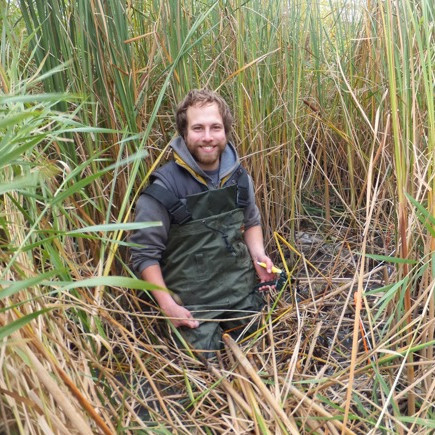
Jeremy completed his Bachelor of Science degree in biology and geography at the University of Winnipeg. He did his MSc as a part of SAMMS, where he helped to determine the total organic carbon and arsenic stored within soil and peat within catchments affected by mining activities in the Northwest Territories. Now he is back to work harmful algal blooms at the Experimental Lakes Area.
Julia Kozak, MSc Student
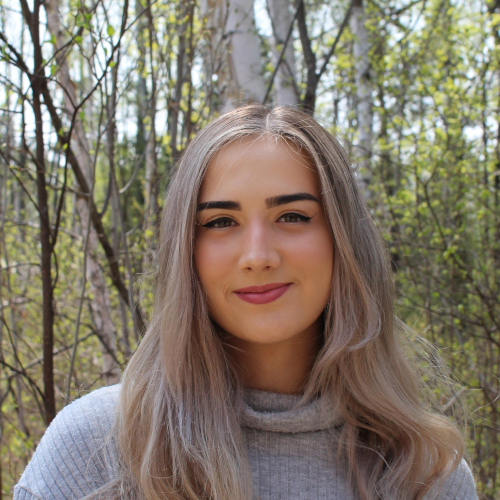
Julia completed her Bachelor of Environmental Studies at the University of Manitoba, focusing on how dissolved organic carbon affects phytoplankton community compositions in boreal lakes. She will continue to study algal community structures in cyanobacterial blooms by investigating the correlation between bloom composition and sediment iron release.
Former Members
Leyden Fernandez, Postdoctoral fellow

Leyden Fernandez is a bioinformatician with expertise in biochemistry and microbiology. Her main research line has focused on multi-omics data analysis, from environmental microbiomes to clinically relevant bacteria. During her PhD studies at Uppsala University, Sweden, she investigated adaptation strategies of non-cyanobacterial diazotrophs in boreal lakes and ponds. She is currently analyzing cyanobacterial genomes to investigate their diversity and evaluate drivers of cyanotoxin production as part of a cross-institutional collaborative FORMBLOOM project.
Kristin Painter, Postdoctoral fellow
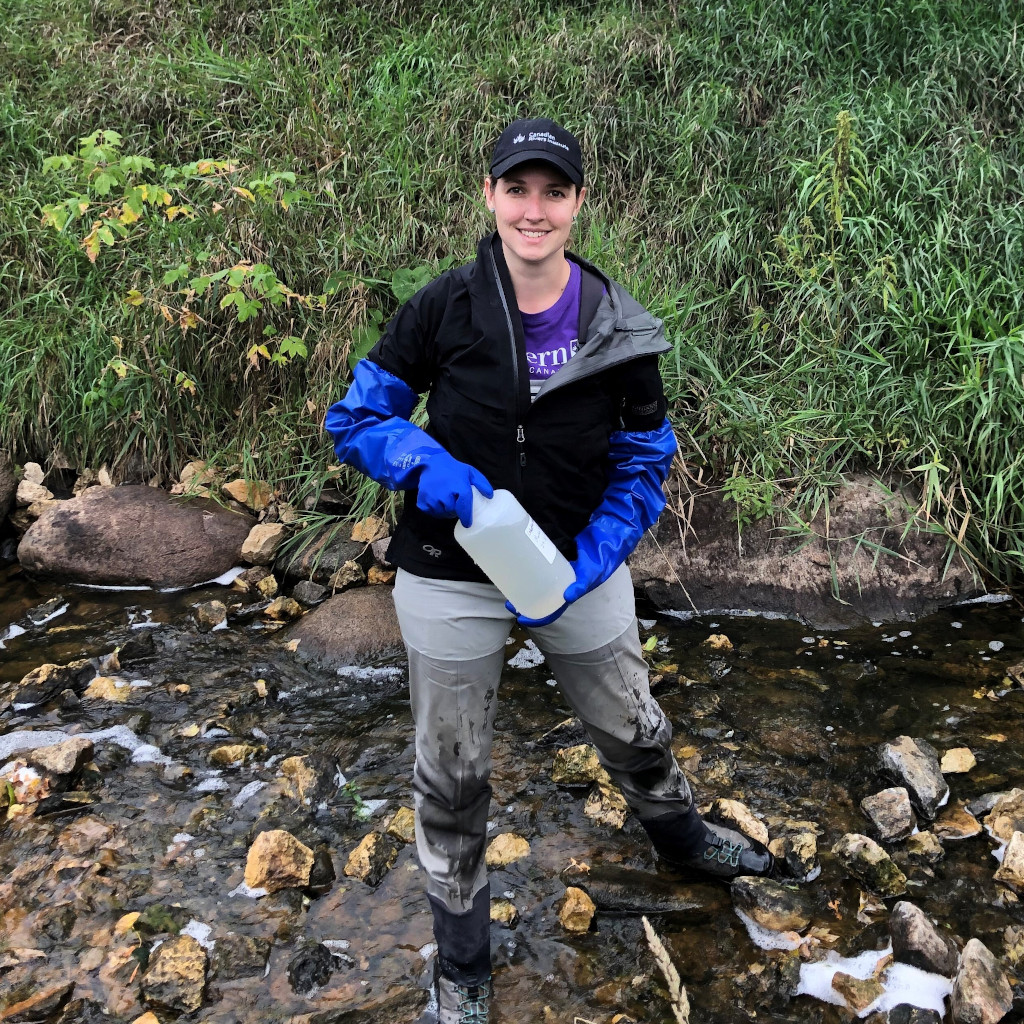
Kristin Painter is a freshwater ecologist and biogeochemist. Her research has focused on land-to-lake transport, fate, and impact of anthropogenic nutrients and contaminants. She is currently investigating ecological and biogeochemical drivers of cyanobacterial bloom phenology as part of the FORMBLOOM project.
Megan L. Larsen, Postdoctoral fellow
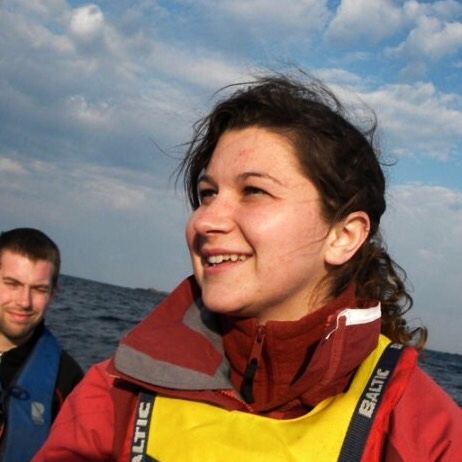
Megan Larsen is a microbial evolutionary ecologist who has focused on eco-evolutionary feedbacks in microbial communities induced by nutrient stoichiometry. She investigated predictive models for cyanobacterial bloom formation as part of the cross-institutional FORMBLOOM) project. Currently, she works with environmental genomics data.
Read more about Larsen’s research, professional development for students, and scientific outreach on her personal webpage.
Pieter Aukes, Postdoctoral fellow

Pieter looked at the variability in natural dissolved organic matter (DOM), with the objective of distinguishing indicators of labile DOM. Liquid Chromatography-Organic Carbon Detection (LC-OCD) uses a size-exclusion method to provide a highly detailed analysis of DOM composition. His research classified a variety of arctic and sub-arctic surface and ground water environments, with the aim to observe differences in composition between environments, as well as to identify components which may indicate the overall lability of DOM in the SAMMS and Northern Water Futures projects. He is now a water sciences instructor at the Southern Alberta Institute of Technology (SAIT) where he’s teaching field techniques and data visualization.
You can find more information on Aukes’ projects on his personal website.
Jared Wolfe, Research associate
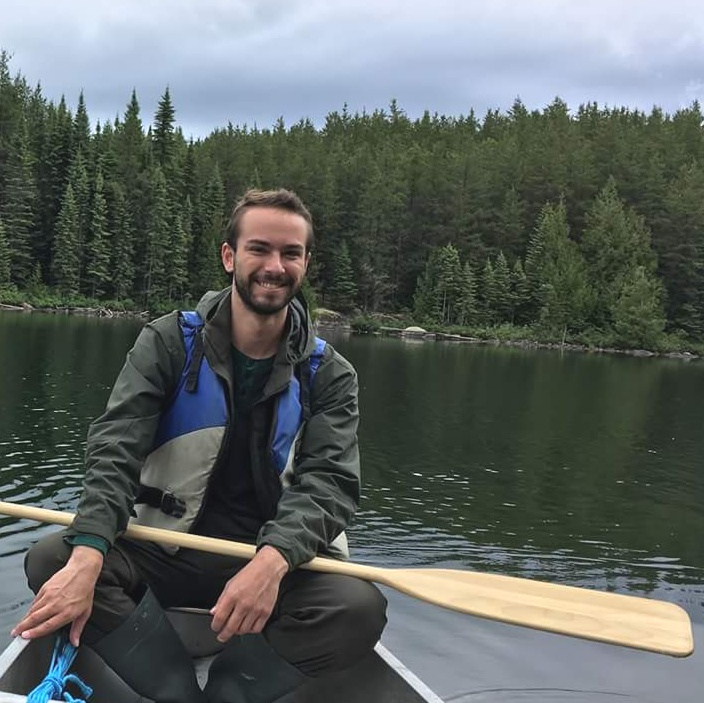
Jared completed his MSc at the University of Regina studying the impacts of Oil Sands industrial development on historical algal communities in northern Saskatchewan. He is currently investigating harmful algal bloom formation and decline in the Experimental Lakes Area as part of the FORMBLOOM project. His interests are in studying relationships between ecosystem components, particularly the relationship between humans and the environment.
Matthew Roberts, MSc student
Matthew completed his BSc in Biology and Chemistry at Wilfrid Laurier University. He did his MSc on shallow lake stratification. (“Investigating the Thermal Stratification Patterns of a Shallow Polymictic Boreal Shield Lake and the Effectiveness of Models in Predicting Shallow Lake Thermal Profiles” (2025). Theses and Dissertations (Comprehensive). 2723. https://scholars.wlu.ca/etd/2723).
Jeremy Leathers, MSc student

Jeremy completed his Bachelor of Science degree in biology and geography at the University of Winnipeg. He did his MSc as a part of SAMMS, where he helped to determine the total organic carbon and arsenic stored within soil and peat within catchments affected by mining activities in the Northwest Territories. (“Investigating the mobility of arsenic in subarctic mining pollution-affected peatlands near Yellowknife, Northwest Territories” (2024). Theses and Dissertations (Comprehensive). 2647. https://scholars.wlu.ca/etd/2647).
Catherine Goltz, MSc student
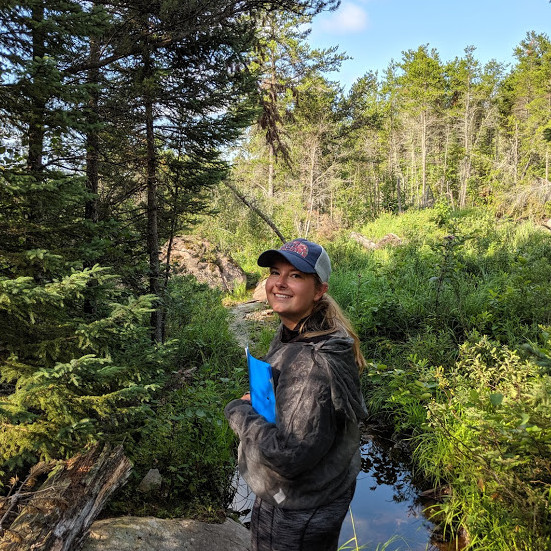
Catherine completed her BSc (Honours) at the University of Winnipeg looking at how nitrogen influences cyanobacterial blooms and toxins. Her interest in blooms continues in her MSc where she will look at how iron release from sediment can be suppressed to shift algal communities in lakes. (“Nitrogen: Both a potential stimulator and suppressor of cyanobacterial blooms in temperate lakes” (2023). Theses and Dissertations (Comprehensive). 2589. https://scholars.wlu.ca/etd/2589).
Mackenzie Schultz, MSc student
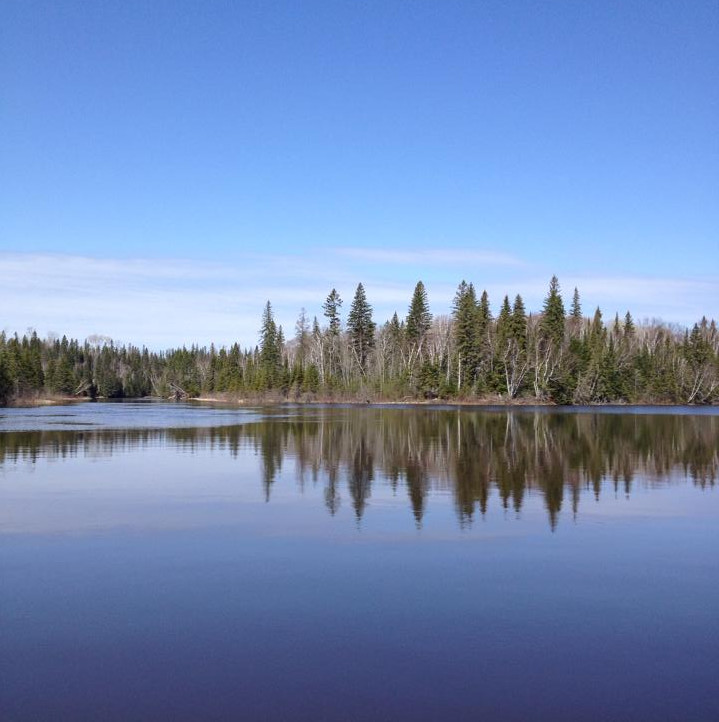
Mackenzie completed her undergraduate degree at Wilfrid Laurier University studying Biology and Geography. She is excited to return for her MSc, as part of SAMMS, where she will help characterize both terrestrial and aquatic metal deposition histories, stores, and pathways as a result of the mining industry.
Jordyn Atkins, MSc student
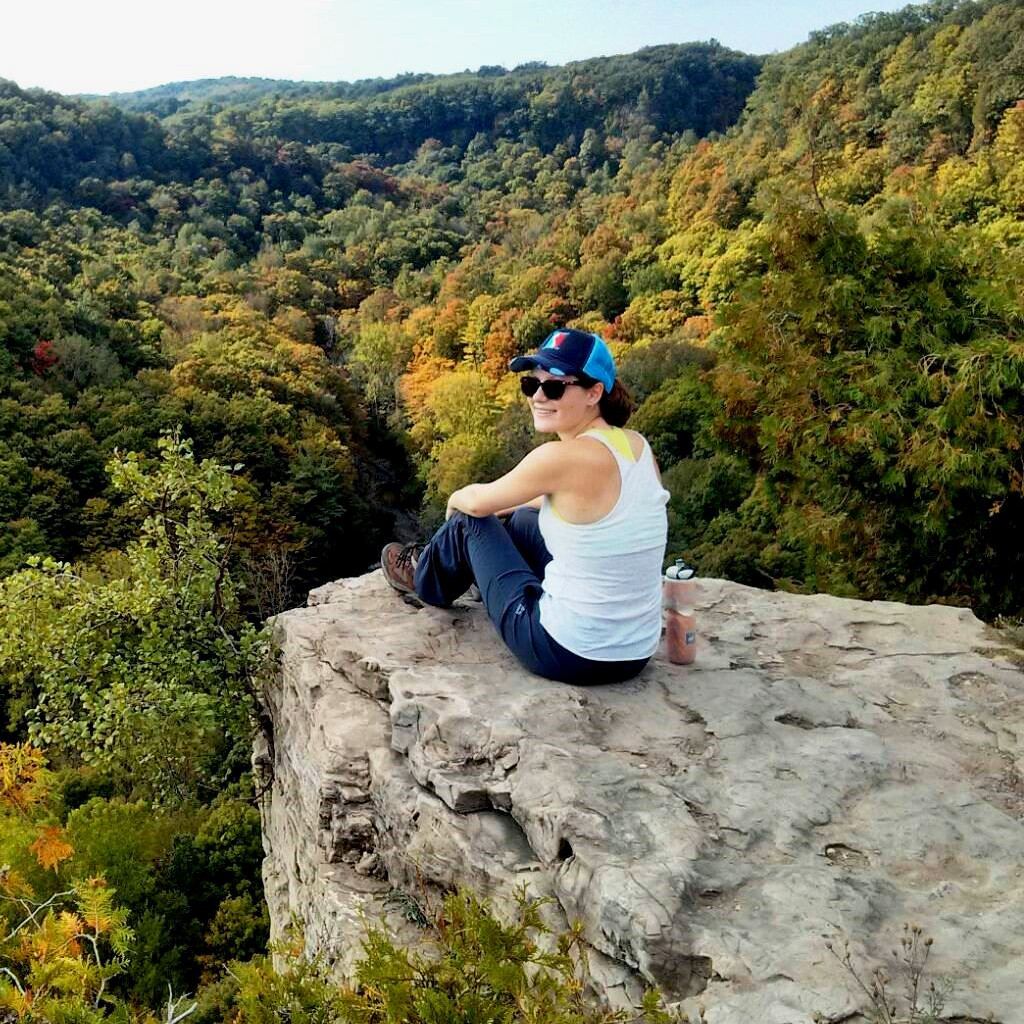
In June 2021, Jordyn defended her MSc thesis on how forested catchments and lake residence times control dissolved organic carbon and disinfection by-products at the Experimental Lakes Area. (“Characterizing Boreal Shield Lakes and Catchments to Predict Dissolved Organic Carbon Concentration and Composition in Relation to Safe Drinking Water Sources with Minimal Disinfection By-Products” (2021). Theses and Dissertations (Comprehensive). 2383. https://scholars.wlu.ca/etd/2383).
Puru Shah, MSc student
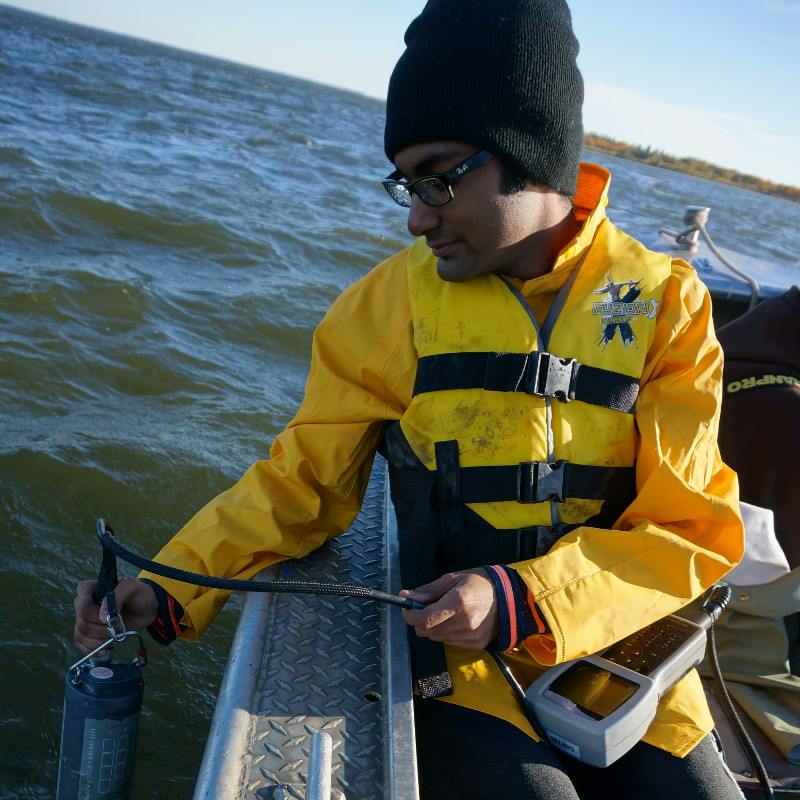
In March 2021, Puru defended his MSc thesis on algal and cyanobacterial cultures and how they interact with and take up iron to hopefully better understand the role of iron in harmful algal bloom formation. (“Characterization of Micronutrient Dependent Growth by Several Temperate Freshwater Phytoplankton” (2021). Theses and Dissertations (Comprehensive). 2374. https://scholars.wlu.ca/etd/2374).
Rachel Henderson, MSc student
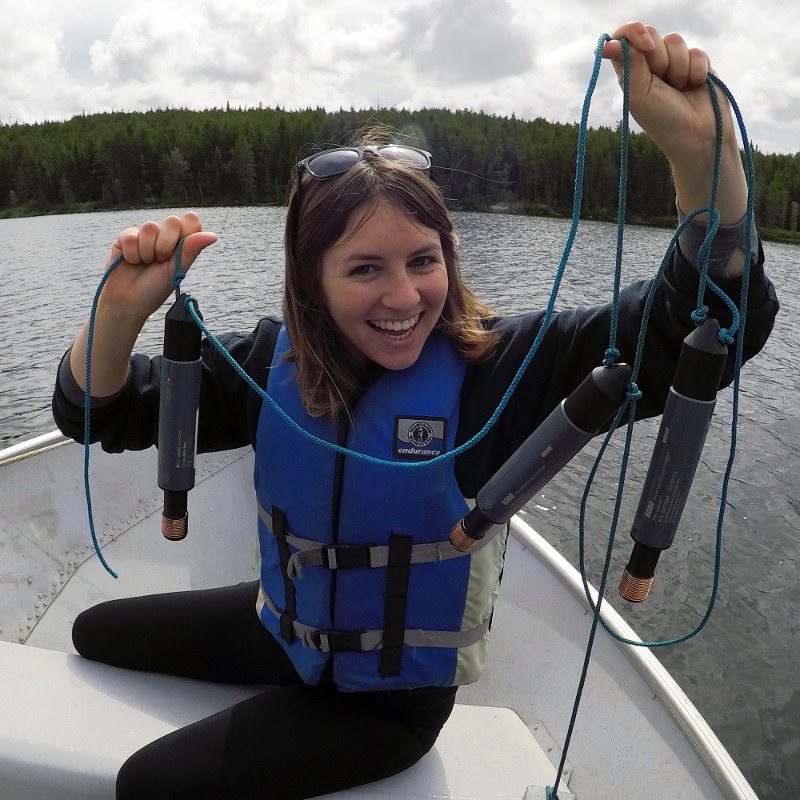
In September 2020, Rachel defended her MSc thesis on the variability of dissolved and particulate stable carbon isotope values in a eutrophic boreal lake at the Experimental Lakes Area. She is interested in the applications of geochemistry to solving environmental problems and how science can better inform public policy. (“Investigating diel, seasonal, and interannual variability of dissolved and particulate stable carbon isotope values in a eutrophic boreal lake” (2020). Theses and Dissertations (Comprehensive). 2338. https://scholars.wlu.ca/etd/2338).
Eric McQuay, MSc student
Eric defended his MSc thesis in Earth Science in October 2017. His research focussed on the redox preconditions required for cyanobacteria dominance of phytoplankton blooms along the embayments of Georgian Bay. (“The Role of Nitrate in Controlling Iron Release from Sediment during Anoxia in Dimictic, Fresh Water Lakes.” (2018). UWSpace. http://hdl.handle.net/10012/12867.)
Alexia Marten, BSc student

Alexia is an undergraduate student at Laurier who is in her final year studying Environmental Science. Her thesis is focusing on determining spatial distribution patterns of phosphorous deposition through out Muskoka, she is working with other students through out eastern North America through the Linked Undergraduate experiments on Nutrients network (LUGNuts).
Heather Jovanovic, BSc student

Heather completed her honours undergraduate thesis on nitrogen affecting cyanobacteria bloom toxicity as part of the FORMBLOOM and LUGNuts programs in 2020. She has gone on to pursue an MSc at the University of Manitoba where she will continue to study contaminants in freshwater ecosystems.
Ben Bell, BSc student
Ben assessed the patterns of land cover diversity at the IISD Experimental Lakes Area.
Tyler Prentice, BSc student
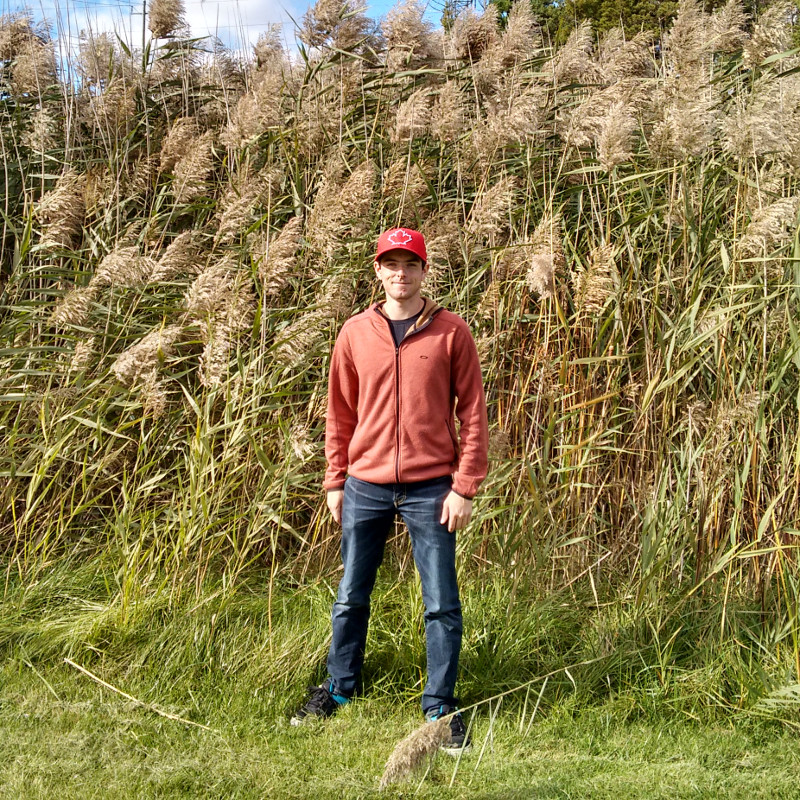
Tyler quantified the impacts of freeze-thaw cycles on nutrient release by riparian vegetation. This was a contribution to the multi-university lugnuts, linked undergraduate research in nutrients.
Amber Cottle, BSc student
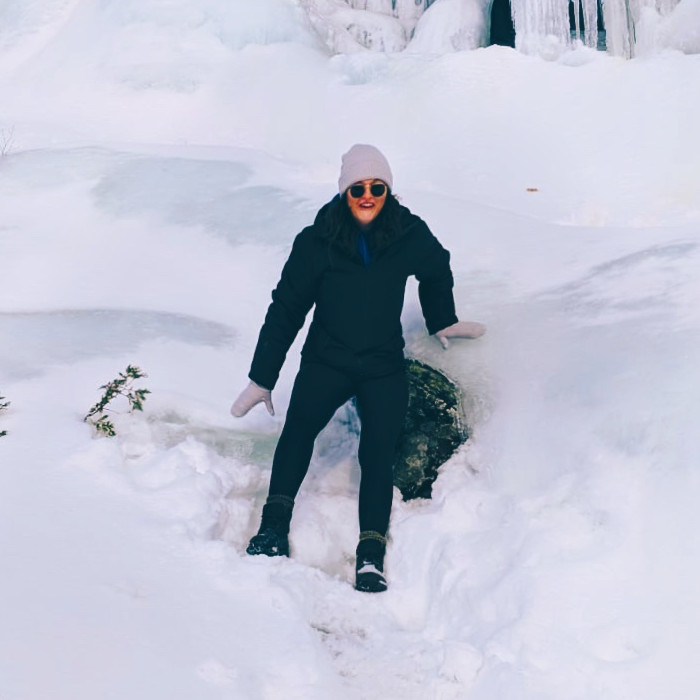
Amber finished her undergraduate degree at Wilfrid Laurier University studying Biology and Environmental Studies. She studied the relationship between temperature and rates of ebullition.
Friends
Friends are our collaborators at a variety of organizations and institutions. In some cases they are co-supervisors, committee members, and/or co-applicants on grants. Often they are co-authors on our papers. In all cases, they are the extended group of people I like to work with. The model of a single professor with a lab full of students is antiquated and simply not how environmental and biogeochemical research is done.